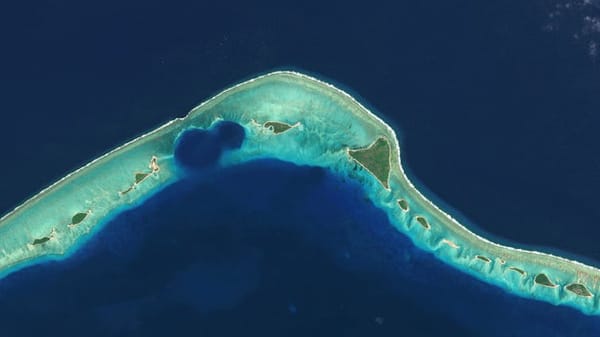Keith Haring’s ‘Public Art for a Public Purpose’ galvanized disarmament
Artist Keith Haring used his own money to print and distribute 20,000 haunting posters during the historic 1982 anti-nuclear weapons march in New York.
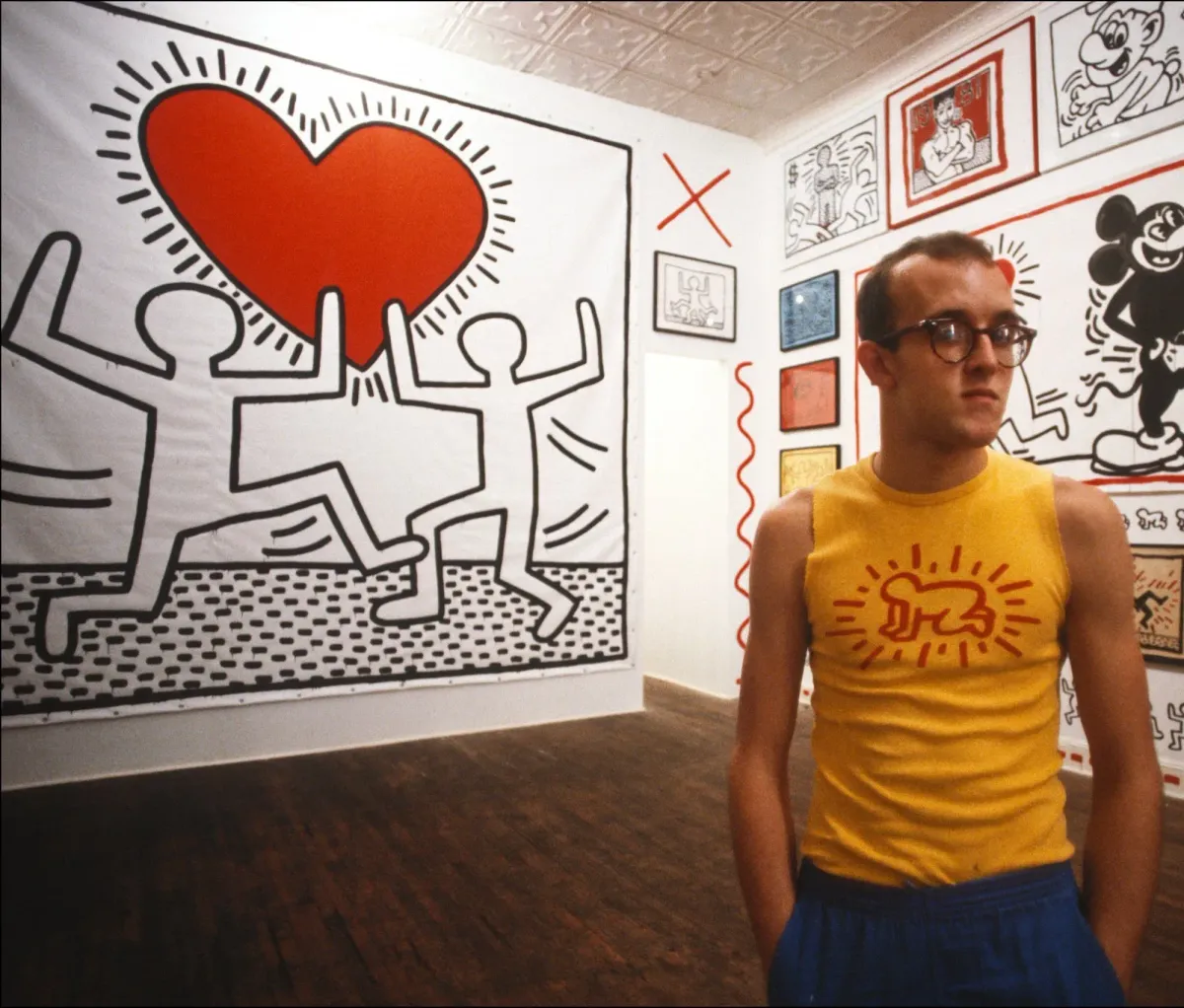
Mention art as a tool to make change and the condescension from DC elites is palpable. The all too often white men who came into positions of leadership in the NGO world from a career in government will all but pat you on the head at the mere mention of spending any funding on art. In short, art is viewed as an appendage, not the main event in the movement to eliminate nuclear weapons.
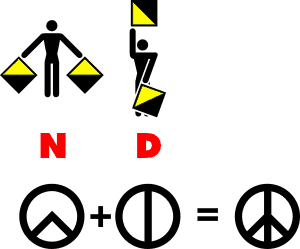
However, from the creation of the original peace symbol by British graphic artist Gerald Holtom, to the Bread and Puppet Theater group and Artists Against the Bomb, art has historically played an important role in educating, inspiring, and motivating masses to take action.
Art has arguably a far longer reach than any academic article that wastes away in a university library database. Even today, from Lady Pink and Shamsia Hassani to Banksy, street artists’ work has helped to create a more just and equal world. In this regard, Keith Haring was one of the OG’s.
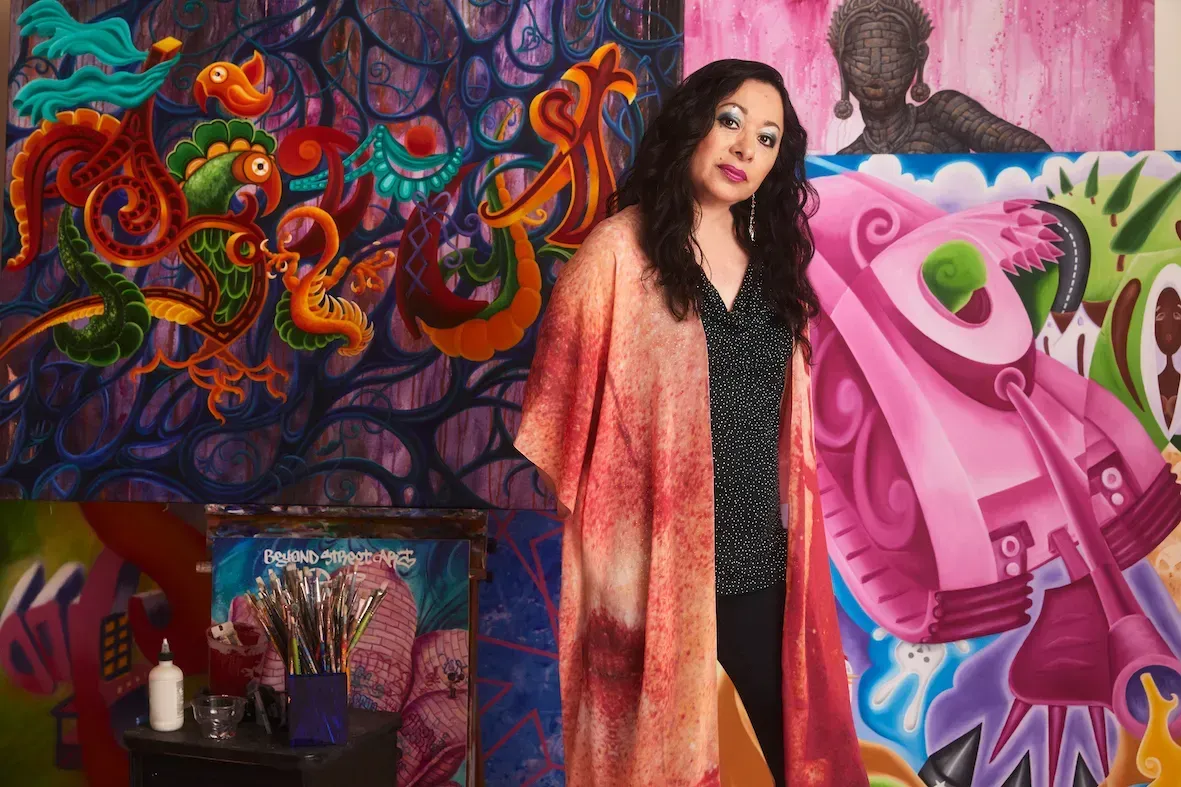
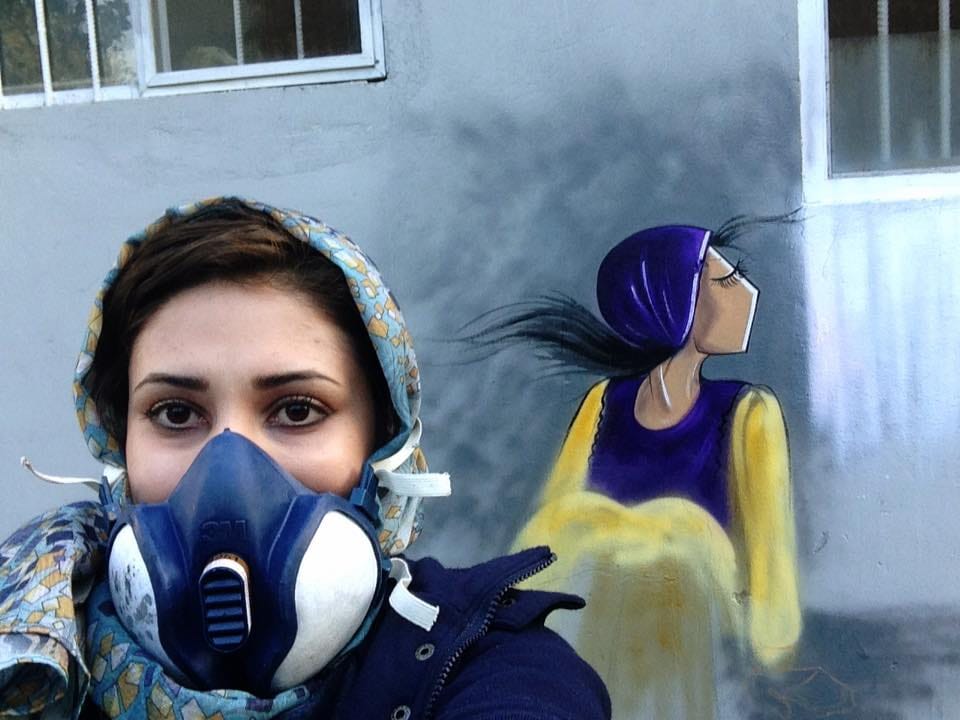
Lady Pink-Image Credit: Eric T. White (Left). Afghan street artist Shamsia Hassani (Right)
Born in 1958, Keith Haring achieved international recognition and participated in numerous group and solo exhibitions throughout the 1980s. Haring produced more than 50 public artworks between 1982 and 1989, in dozens of cities around the world, many of which were created for charities, hospitals, children’s day care centers and orphanages.
His famous Crack is Wack mural of 1986 has become a landmark along New York’s FDR Drive. Haring created a mural painted on the western side of the Berlin Wall three years before its fall. He held drawing workshops for children in schools and museums in New York, Amsterdam, London, Tokyo and Bordeaux, and produced imagery for many literacy programs and other public service campaigns. Haring was able to attract a wide audience because of the accessibility of his work. Even today, one does not need to be an art aficionado to spot a Keith Haring image.
Throughout his life, Haring never shied away from politics and the issues of the day. As Jeffrey Deitch explains, “public art for Haring did not mean just working in a public space such as a playground or hospital. His commitment to public art also meant creating work with a public purpose.” From the beginning, Deitch writes, “Haring’s work on the street and in the subway had a political message. It also put forward a message of personal liberation and a full embrace of life.” Haring’s concern about dangerous social and political trends led him to create paintings that forced the public to take a position on injustice.
His horrifying portrayal of the artist Michael Stewart being choked by the police is “one of the most arresting images of the 1980s.” Haring’s passion to make people think about the humanitarian consequences of issues such as police brutality, poverty, homophobia, and nuclear war was dominant throughout the New York City streets in the 1980s.
In the early 1980s, during the rise of Haring’s popularity, the nuclear arms race appeared to be spiraling out of control. Ronald Reagan ushered in a new era of defense spending and employed rhetoric that made clear that using nuclear weapons against the Soviet Union was a real possibility. As a result, the antinuclear movement became one of the largest citizen-led mobilization efforts in United States history. On June 12, 1982, one million people marched and rallied in New York City demanding an end to the arms race and a shifting of funds for the military to human needs.
To help support the cause, Haring created two hauntingly beautiful pieces. He produced for the first time with his own money 20,000 posters to distribute to those marching, which he did throughout the day.
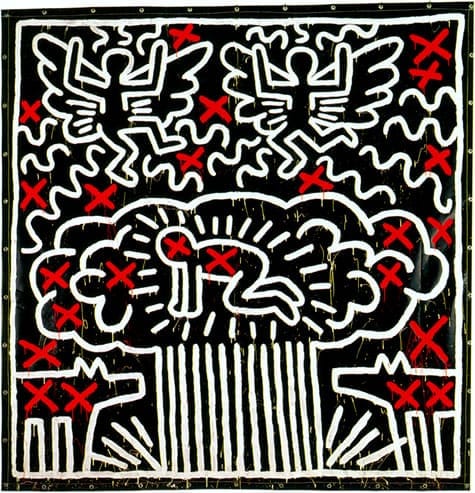
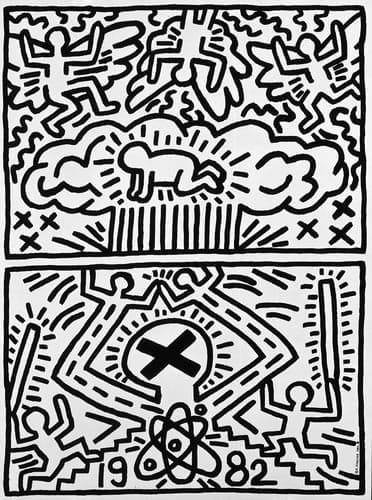
Keith Haring Foundation
Forty years later, Haring’s art can be seen in prints, on hoodies, and is rediscovered by each new generation. His work has no doubt influenced millions to view nuclear war in a different light. But today, we see an alarming trend: AI generated art increases and funding for the actual arts decreases.
It is a mistake to take artists and their power in making change for granted. The “struggling artist” trope needs to be put in the wastebin of history. Their work is a crucial part of this struggle and deserves support, especially financial. As long as art continues to be viewed as an appendage and the same type of work gobbles up the little funding that exists, what is that quote I often hear: “Insanity is doing….”



